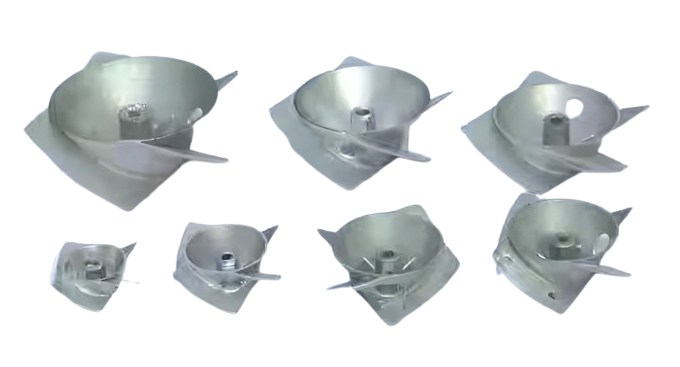Ensuring quality in aluminium gravity casting is not just about using the right materials—it’s about controlling every aspect of the process to guarantee that the final product meets the highest industry standards. The nature of gravity casting itself provides a solid foundation for precision, but comprehensive quality control methods are essential for achieving flawless results.
The first step in maintaining high-quality standards begins with thorough inspection of the raw materials. Aluminum alloys must meet specific criteria before entering the casting process. During casting, real-time monitoring systems track key parameters, such as temperature, pressure, and mold integrity, to minimize defects. Technologies like X-ray inspection and ultrasonic testing are then employed to detect any internal flaws, such as porosity or cracks, that could compromise the performance of the finished product.
Visual inspection plays a crucial role as well. It ensures that surface finishes are smooth and free of imperfections, which is critical for applications requiring precise aesthetics, such as consumer electronics or automotive parts.
Additionally, manufacturers often conduct mechanical testing—such as tensile, hardness, and fatigue testing—to ensure that the aluminium casting meets the required strength and durability specifications. By combining advanced technology and rigorous testing procedures, companies can consistently produce high-quality aluminium gravity castings that deliver superior performance and reliability.

